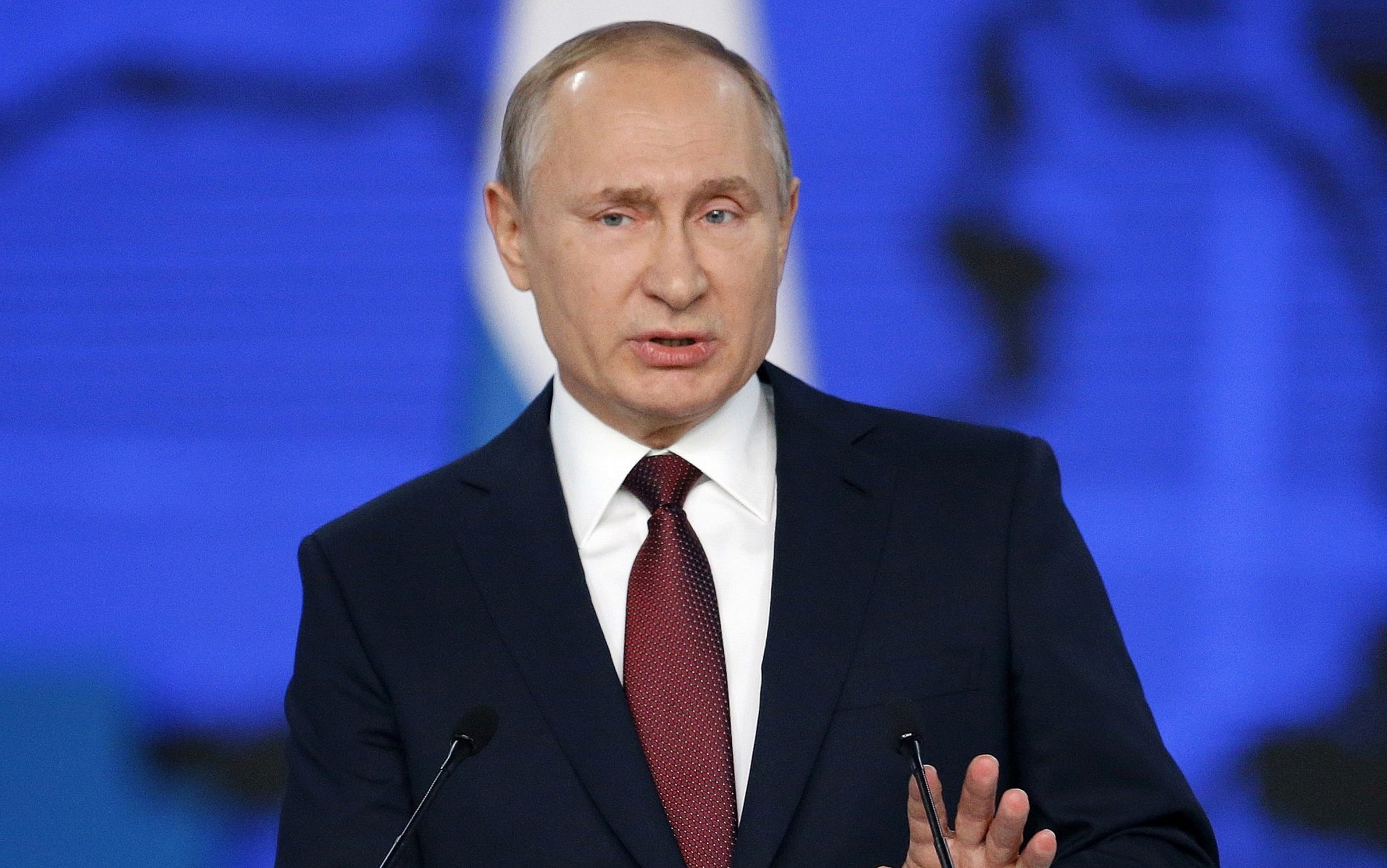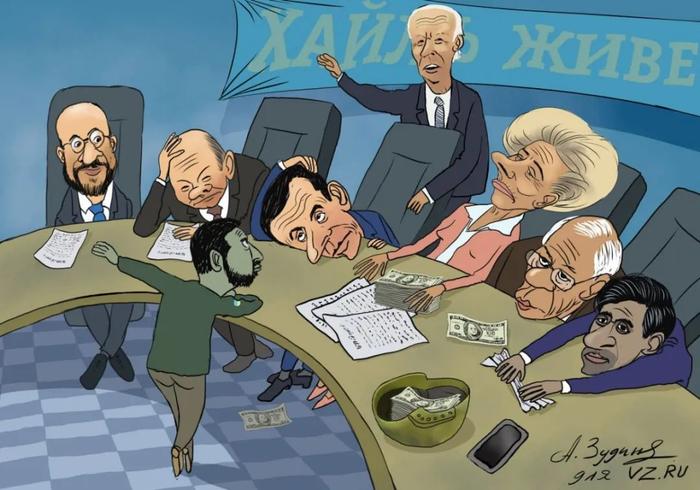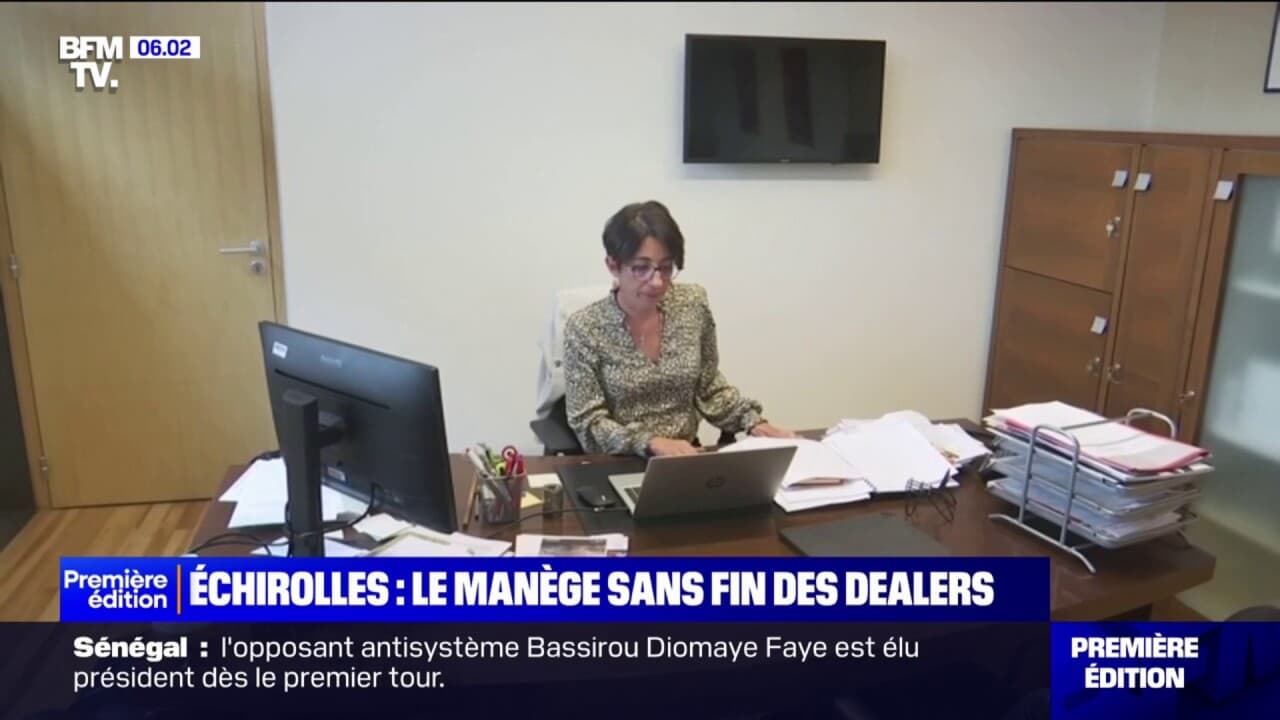US Sanctions Easing: A Potential Path To Peace In Ukraine

Table of Contents
The Rationale Behind Easing Sanctions
Some argue that easing certain US sanctions could be a crucial step towards achieving peace in Ukraine. This strategy rests on two main pillars: incentivizing Russian cooperation and addressing the severe humanitarian crisis.
Incentivizing Russian Cooperation
Easing specific sanctions could incentivize Russia to engage in meaningful negotiations and potentially withdraw its forces from Ukrainian territory.
- Targeted sanctions relief: Offering targeted sanctions relief in exchange for concrete de-escalation steps, such as a ceasefire or troop withdrawal, could create a pathway towards diplomacy. This calibrated approach requires careful selection of sanctions to ease, avoiding the weakening of overall pressure on Russia.
- A pathway to diplomacy: The potential for a diplomatic breakthrough, preventing further bloodshed and suffering, is a key argument for easing some sanctions. This necessitates clear, verifiable benchmarks for Russia's compliance.
- Strategic considerations: The decision of which sanctions to ease requires meticulous planning. Sanctions related to military technology or key financial institutions should likely remain untouched to maintain pressure.
Addressing Humanitarian Concerns
The war in Ukraine has exacerbated a global humanitarian crisis. Easing sanctions related to food and energy exports could alleviate suffering worldwide.
- Global food security: Relaxing restrictions on grain and fertilizer exports from Russia could significantly stabilize global food prices, benefiting vulnerable populations in developing countries disproportionately affected by food insecurity.
- Energy crisis mitigation: Easing sanctions on energy exports could also help alleviate the energy crisis in Europe and beyond, potentially reducing the economic hardship impacting millions. However, any such move must be carefully monitored to prevent Russia from exploiting the situation.
- Mechanism for relief: It is crucial to establish transparent and accountable mechanisms to ensure that sanctions relief doesn't disproportionately benefit the Russian regime or fund the war effort. International oversight and monitoring are essential.
Potential Risks and Obstacles
While easing sanctions presents potential benefits, significant risks and obstacles must be carefully considered. Prematurely easing sanctions could undermine international pressure and create further instability.
Undermining International Pressure
Easing sanctions prematurely could be perceived as rewarding Russian aggression and weakening the international resolve to hold Russia accountable for its actions.
- Emboldening Russia: Russia might interpret sanctions easing as a sign of weakness, potentially emboldening further aggression. This necessitates a strong international consensus on the timing and scope of any such measures.
- International discord: International partners may disagree on the timing and scope of any sanctions easing, hindering effective implementation and potentially undermining the overall strategy.
- Clear conditions: A clear and publicly agreed-upon framework outlining specific conditions for sanctions relief is paramount. These conditions must be rigorously monitored and enforced.
Challenges in Verification and Enforcement
Ensuring that sanctions relief is used as intended and not diverted to fund the war effort is a major challenge.
- Robust monitoring: Robust monitoring and verification mechanisms are crucial to prevent sanctions evasion and the misuse of funds. This requires significant investment in resources and international cooperation.
- International collaboration: Effective enforcement requires close collaboration with international partners, sharing intelligence and coordinating actions to prevent circumvention.
- Transparency and accountability: A transparent and accountable process is needed to build trust and demonstrate that sanctions relief is conditional on Russia's compliance with agreed-upon benchmarks.
Alternative Approaches and Considerations
Instead of easing sanctions, alternative strategies could be more effective in achieving peace and holding Russia accountable.
Strengthening Existing Sanctions
Rather than easing sanctions, focusing on strengthening existing ones and imposing new targeted sanctions could significantly increase pressure on Russia.
- Targeted sanctions: Identifying and targeting key individuals and entities involved in the conflict, including those responsible for human rights abuses and war crimes, would increase the effectiveness of the sanctions regime.
- Enhanced enforcement: Improving the enforcement of existing sanctions to prevent circumvention is crucial. This requires international cooperation to close loopholes and crack down on sanctions evasion.
- International collaboration: Strengthening collaboration with international partners to enhance the effectiveness of the sanctions regime is essential. This includes sharing intelligence and coordinating actions to maximize pressure on Russia.
Exploring Diplomatic Solutions
Prioritizing diplomatic efforts and engaging in direct negotiations with Russia remains crucial for achieving a peaceful resolution.
- Peace talks and mediation: Actively supporting peace talks and mediation efforts, potentially involving international organizations like the UN, is crucial.
- Dialogue and understanding: Promoting dialogue and fostering understanding between conflicting parties, with an emphasis on addressing the root causes of the conflict, is essential.
- Comprehensive peace agreement: Working towards a comprehensive peace agreement that addresses the security concerns of all parties, including Ukraine's territorial integrity and sovereignty, is paramount for a lasting peace.
Conclusion
Easing US sanctions on Russia presents a multifaceted and high-stakes decision in the Ukraine conflict. While it offers a potential pathway to peace through incentivizing cooperation and alleviating humanitarian concerns, it also carries significant risks of undermining international pressure and facing challenges in verification and enforcement. A balanced approach is needed, carefully weighing the potential benefits against the drawbacks. Combining targeted sanctions relief with robust monitoring and a renewed emphasis on diplomatic efforts may offer the best chance of achieving a lasting peace. The future of peace in Ukraine hinges on a nuanced approach to US sanctions easing—one that prioritizes accountability while actively exploring pathways to de-escalation and a durable peace. A comprehensive strategy combining diplomatic pressure and carefully targeted sanctions adjustments remains the most promising path forward.

Featured Posts
-
 20 Maggio Almanacco Eventi Storici Compleanni E Proverbio
May 27, 2025
20 Maggio Almanacco Eventi Storici Compleanni E Proverbio
May 27, 2025 -
 Klyuch K Miru Analiz Vliyaniya Trampa Na Putina V Peregovorakh
May 27, 2025
Klyuch K Miru Analiz Vliyaniya Trampa Na Putina V Peregovorakh
May 27, 2025 -
 Ray Js Desire To Guest On Kai Cenats Stream Explained
May 27, 2025
Ray Js Desire To Guest On Kai Cenats Stream Explained
May 27, 2025 -
 Psgs Path To A Historic 13th Ligue 1 Championship
May 27, 2025
Psgs Path To A Historic 13th Ligue 1 Championship
May 27, 2025 -
 Point De Deal Et Ecole Maternelle A Saint Ouen Les Parents Demandent Un Transfert
May 27, 2025
Point De Deal Et Ecole Maternelle A Saint Ouen Les Parents Demandent Un Transfert
May 27, 2025
Latest Posts
-
 Ufcs Bitter Feud Cormiers Words To Jones Publicist Spark Outrage
May 30, 2025
Ufcs Bitter Feud Cormiers Words To Jones Publicist Spark Outrage
May 30, 2025 -
 Cormiers Shocking Message To Jones Publicist The Ufc Rivalry Intensifies
May 30, 2025
Cormiers Shocking Message To Jones Publicist The Ufc Rivalry Intensifies
May 30, 2025 -
 29 Million Or Bust Ufc Veteran On Jon Joness Next Fight
May 30, 2025
29 Million Or Bust Ufc Veteran On Jon Joness Next Fight
May 30, 2025 -
 Daniel Cormiers Explosive Revelation What He Told Jon Jones Publicist
May 30, 2025
Daniel Cormiers Explosive Revelation What He Told Jon Jones Publicist
May 30, 2025 -
 Ufc Veteran Demands 29 Million For Jon Jones Return
May 30, 2025
Ufc Veteran Demands 29 Million For Jon Jones Return
May 30, 2025
